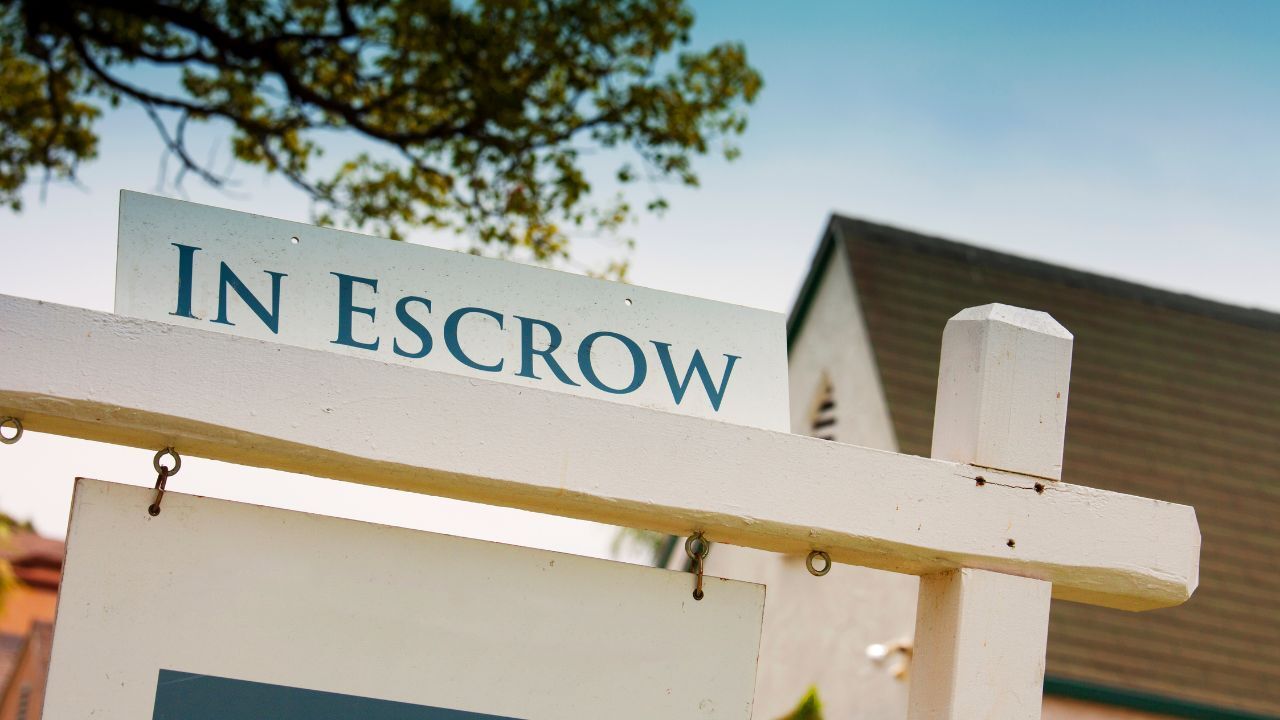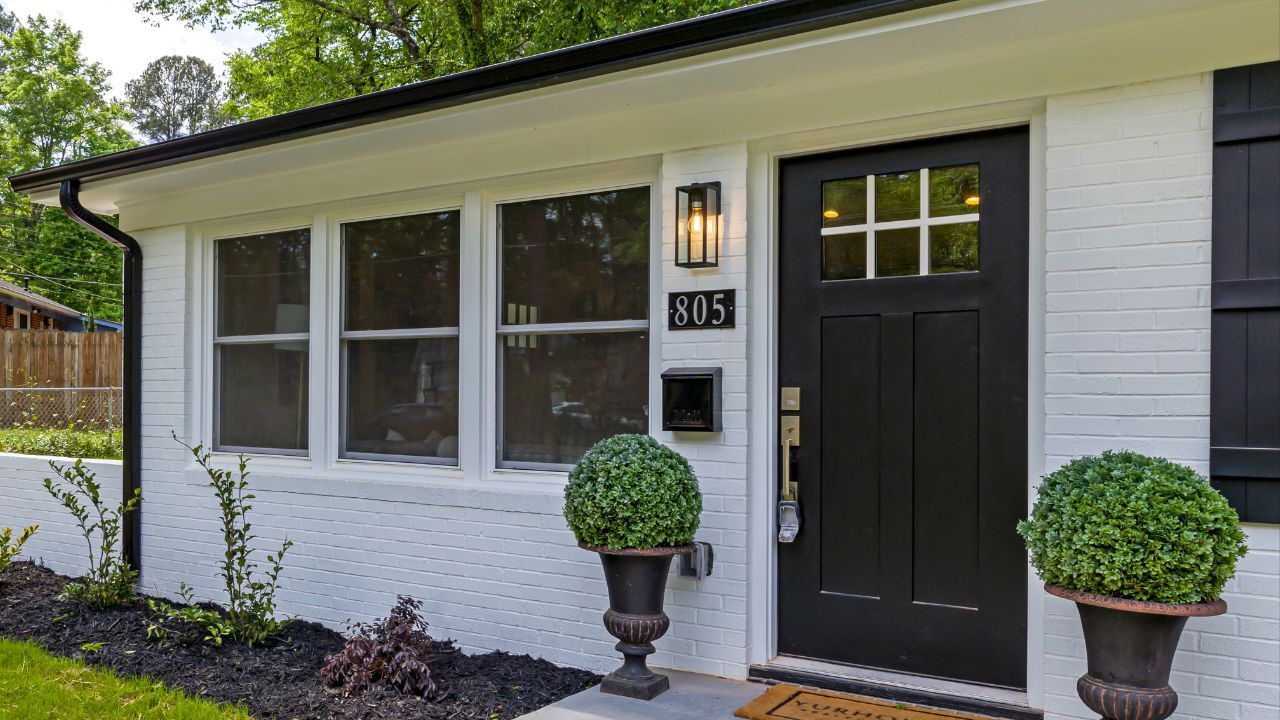 For many homebuyers, the term escrow can sound confusing or even intimidating. Yet escrow is one of the most important parts of a real estate transaction. It ensures that both the buyer and the seller are protected while the details of the sale are finalized. Understanding how escrow works can help you feel confident and informed every step of the way.
For many homebuyers, the term escrow can sound confusing or even intimidating. Yet escrow is one of the most important parts of a real estate transaction. It ensures that both the buyer and the seller are protected while the details of the sale are finalized. Understanding how escrow works can help you feel confident and informed every step of the way.
What Escrow Means
Escrow is a neutral third-party account used to hold funds and important documents during a real estate transaction. The escrow company or agent acts as an impartial party, ensuring that both sides meet the terms of the agreement before money or property changes hands. This helps protect everyone involved in the transaction from potential misunderstandings or missed obligations.
Opening Escrow
Once your offer on a home is accepted, escrow is officially opened. At this point, you will submit your earnest money deposit, which is held in the escrow account until closing. The escrow officer will collect necessary paperwork, such as the purchase agreement, loan documents, and title information. They will also coordinate with your lender, real estate agent, and the seller’s side to make sure everything stays on schedule.
During the Escrow Period
While escrow is open, several important steps take place. The lender orders the appraisal, the title company confirms ownership details, and any inspections or repairs are completed. This is also when you work on finalizing your mortgage approval and reviewing all closing disclosures. Escrow keeps everything organized, ensuring that all funds and documents are handled properly as each task is completed.
Closing Escrow
When all conditions of the sale have been met, you will sign your final loan and title documents. Your lender will then fund the loan, and the escrow officer will distribute payments to the appropriate parties. Once the county records the new deed, the transaction is complete, and you officially become the homeowner.
Why Escrow Matters
Escrow provides structure, security, and accountability in what can be a complex process. It ensures that both buyers and sellers uphold their end of the agreement, helping everyone move toward closing with confidence. With the guidance of your real estate agent and escrow officer, you can navigate this stage smoothly and celebrate your successful purchase.
 When you start shopping for a home, you will quickly notice that not all properties are created equal. From cozy condos to spacious single-family homes, each property type offers a unique lifestyle, level of maintenance, and investment potential. Understanding the differences helps you choose the kind of home that best fits your goals, budget, and way of living.
When you start shopping for a home, you will quickly notice that not all properties are created equal. From cozy condos to spacious single-family homes, each property type offers a unique lifestyle, level of maintenance, and investment potential. Understanding the differences helps you choose the kind of home that best fits your goals, budget, and way of living. Buying a home is one of the biggest financial moves you will ever make, and while it can feel overwhelming, approaching it the way a real estate professional does makes the process smoother and more strategic. With the right preparation and mindset, you can shop confidently and make smart decisions from start to finish.
Buying a home is one of the biggest financial moves you will ever make, and while it can feel overwhelming, approaching it the way a real estate professional does makes the process smoother and more strategic. With the right preparation and mindset, you can shop confidently and make smart decisions from start to finish.
 Home appraisals are a crucial step in the home buying process. It determines the property’s fair market value and helps lenders decide how much money to loan for the purchase. Ideally, the appraisal matches or exceeds the agreed-upon purchase price. However, when the appraisal comes in lower than expected, it can cause stress for both buyers and sellers. Knowing how to handle this situation calmly and strategically is key to keeping the deal on track.
Home appraisals are a crucial step in the home buying process. It determines the property’s fair market value and helps lenders decide how much money to loan for the purchase. Ideally, the appraisal matches or exceeds the agreed-upon purchase price. However, when the appraisal comes in lower than expected, it can cause stress for both buyers and sellers. Knowing how to handle this situation calmly and strategically is key to keeping the deal on track. A home inspection is one of the most important steps in the home buying process. It gives buyers a clear picture of the property’s condition and can uncover issues that are not visible during a showing. From roofing problems to electrical concerns, an inspection helps ensure you know exactly what you are purchasing. However, once the report arrives, the next step, and negotiating repairs, can feel overwhelming.
A home inspection is one of the most important steps in the home buying process. It gives buyers a clear picture of the property’s condition and can uncover issues that are not visible during a showing. From roofing problems to electrical concerns, an inspection helps ensure you know exactly what you are purchasing. However, once the report arrives, the next step, and negotiating repairs, can feel overwhelming. Buying a home is an emotional and financial journey, and most buyers expect the process to move smoothly once an offer is accepted. However, there are times when a seller decides to back out of the deal. This situation can be stressful, especially for buyers who have already started preparing for closing. Understanding your rights and the possible outcomes can help you respond calmly and confidently.
Buying a home is an emotional and financial journey, and most buyers expect the process to move smoothly once an offer is accepted. However, there are times when a seller decides to back out of the deal. This situation can be stressful, especially for buyers who have already started preparing for closing. Understanding your rights and the possible outcomes can help you respond calmly and confidently. Choosing the right type of home is one of the most important decisions a buyer can make. Condos, townhouses, and single-family homes each offer unique benefits and challenges. The best choice depends on your lifestyle, budget, and long-term goals. Understanding what sets them apart can help you make a confident and informed decision.
Choosing the right type of home is one of the most important decisions a buyer can make. Condos, townhouses, and single-family homes each offer unique benefits and challenges. The best choice depends on your lifestyle, budget, and long-term goals. Understanding what sets them apart can help you make a confident and informed decision. Inflation affects nearly every part of the economy, from grocery prices to the cost of borrowing. For homeowners and buyers, understanding how inflation impacts mortgage rates and payments can be a powerful advantage. While rising prices can feel discouraging, there are strategic ways borrowers can benefit during inflationary periods.
Inflation affects nearly every part of the economy, from grocery prices to the cost of borrowing. For homeowners and buyers, understanding how inflation impacts mortgage rates and payments can be a powerful advantage. While rising prices can feel discouraging, there are strategic ways borrowers can benefit during inflationary periods.